Category: In The Garden
-
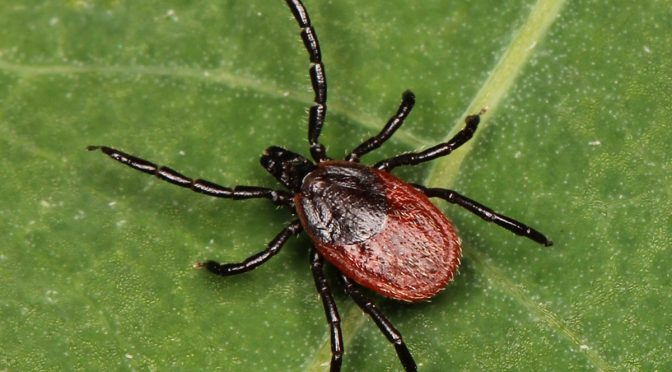
Is Your Autumn Leaf Removal Plan Making Tick Problems Worse?
“Our study showed that the common fall practice of blowing or raking leaves removed from lawns and landscaping to the immediate lawn/woodland edges can result in a three-fold increase in blacklegged tick numbers in these areas the following spring, (Click on title for full story.)
-
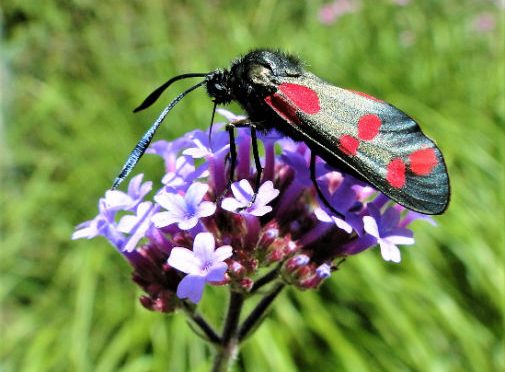
Non-Native Plants Play Important Role In Supporting Native Insects
“A balance of both native and non-native plants may help provide a home for the widest variety of insects in our gardens. It is important to ensure that at least a third of plants are native, as the research suggests that these plants provide the best home for most insects. However, “The presence of some…
-
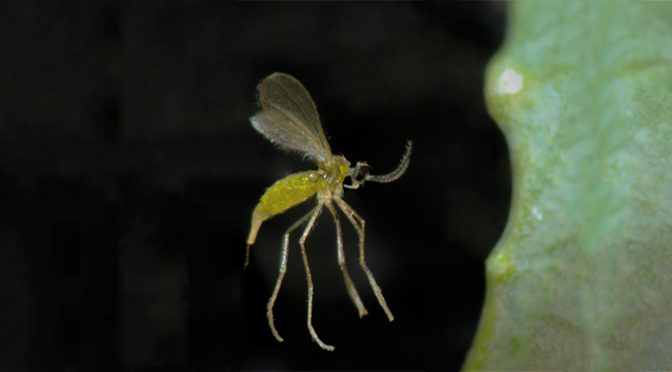
Science Looks At Using Essential Oils To Repel Plant Pests And Learns Some Important Lessons
People often think more aromatic plant oils, like mint, basil and lavender will repel insects, but usually there is no rhyme or reason for choosing, It turns out that as we go along the family tree, plants that are more distantly related from the host plant are generally more repellent.” (Click on title for full…
-
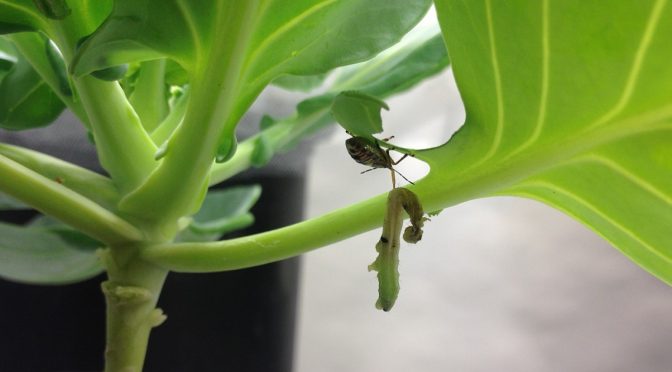
Those Ladybugs You Are Releasing In Your Garden May Actually Make The Pests Worse!
It showed that releasing pest predators led to fewer pests, less plant damage and increased crop biomass on farms surrounded by more forest and natural areas and less agricultural land. But on farms predominantly surrounded by other farms, the reverse was true, with more pests and plant damage and reduced crop biomass in spite of…
-
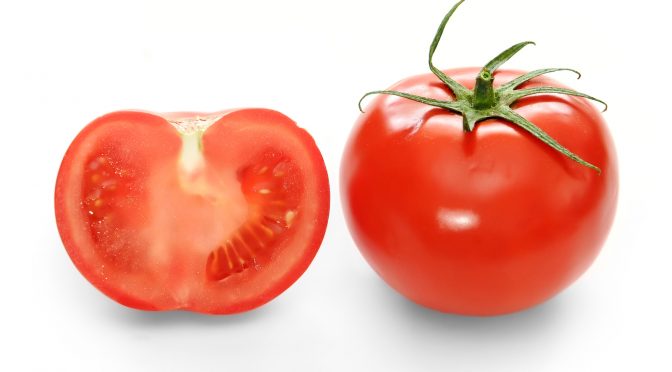
Tomato Flavor Has Been Bred Out Of Modern Tomatoes (Big Surprise!)
“During the domestication and improvement of the tomato, people mostly focused on traits that would increase production, like fruit size and shelf-life, Some genes involved in other important fruit quality traits and stress tolerance were lost during this process.” (Click on title for full story.)
-
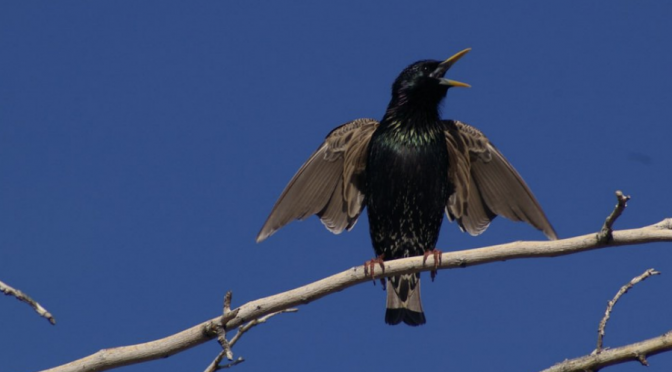
Wild Birds Are Disappearing But Home Landscapes Can Welcome The Survivors
Findings suggest that although the presence of bird species, bird abundance and the number of bird species all decreased over time, in areas where homeowners provided desert landscaping – fine gravel and drought-tolerant, desert-adapted vegetation – some desert specialist birds such as verdin and cactus wren could still be found. (Click on title for full…
-
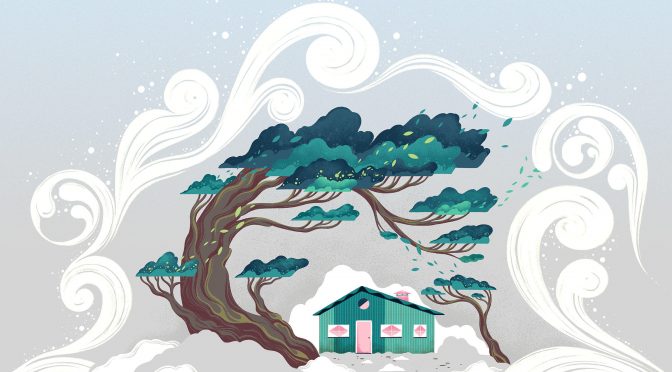
Your Landscape Design Will Affect Your Energy Bills
By strategically placing trees, shrubs, and vines to block blustery winter winds or create shade, you can slash the amount of fossil fuels required to heat and cool your house and dramatically reduce your climate footprint. As a bonus, you’ll put a dent in your utility bills. (Click on title for full story.)
-
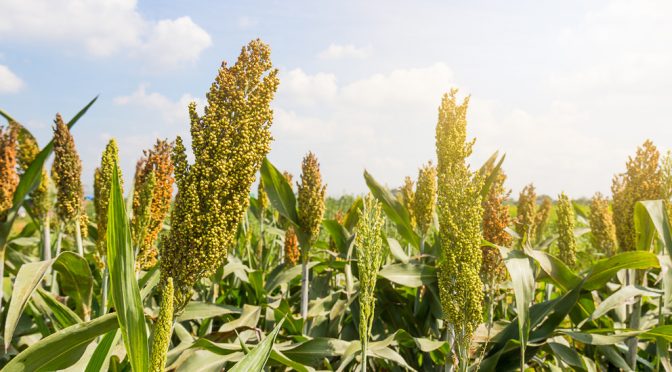
Sorghum’s Natural Pest-Fighting Chemicals May Yield New Safe Insecticide
Compounds produced by sorghum plants to defend against insect feeding could be isolated, synthesized and used as a targeted, nontoxic insect deterrent, according to researchers who studied plant-insect interactions that included field, greenhouse and laboratory components. (Click on title for full story.)
-
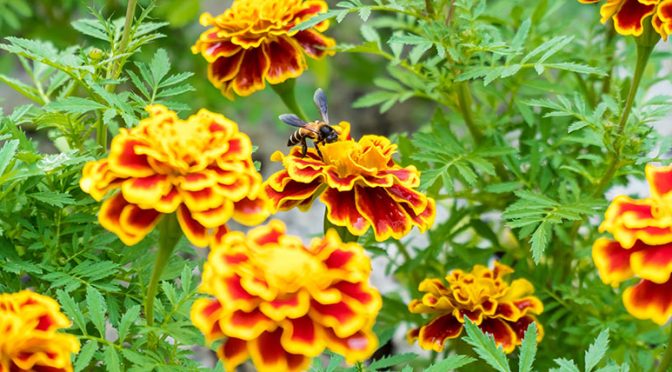
Sometimes Old Wives Tales Are True: Researchers Unlock Marigolds’ Protective Shield For Tomato Pests
All it takes to deter the whiteflies is interspersing marigolds in tomato plots, or hang little pots of limonene in among the tomato plants so that the smell can disperse out into the tomato foliage. (Click on title for full story.)
-
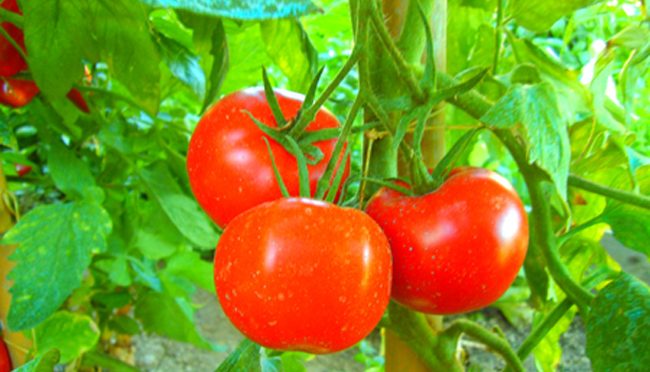
Tomato Plants Emit An Odor That Can Be Used To Protect Crops
Tomato plants emit an aroma in order to resist bacterial attacks. This aroma– volatile compound –is named hexenyl butyrate (HB) and, …has great potential for protecting crops from infections, drought, etc. (Click on title for full story.)
